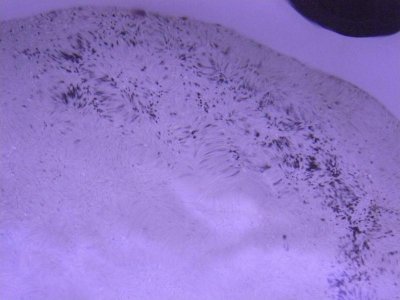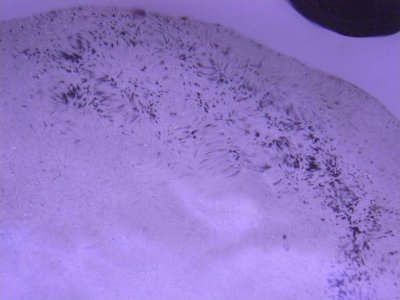wayne in norway
New member
Bob Goemans is right on some accounts and wrong on others. The principle driver for flow in most dsbs is advection, not infauna. You can get a lot of value by looking at the research group headed by Prof. Markus Huettel. There are some nice models, and experiment results. I will grant that at say 10 or 11 inches down I doubt advection is doing much, and a plenum would potentitally be a positive addition.
Heaven, they even have someone doing her PhD on oxygen gradients, factors affecting of.
I have never forgiven Dr Ron for starting an article on DSB's with the comment that 90% of fluid flow in a sandbed was caused by the infauna when there is nothing at all to back that comment up.
Heaven, they even have someone doing her PhD on oxygen gradients, factors affecting of.
I have never forgiven Dr Ron for starting an article on DSB's with the comment that 90% of fluid flow in a sandbed was caused by the infauna when there is nothing at all to back that comment up.



